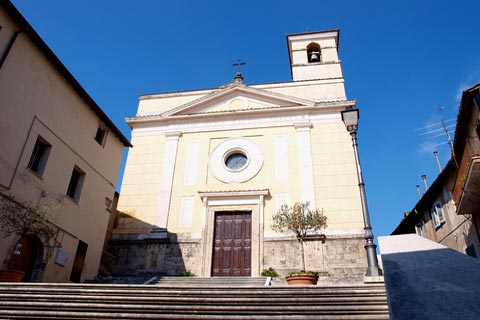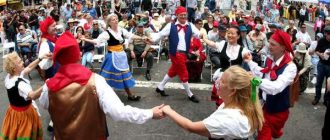Want to learn more about Ferentino, Italy? Read on for facts and info on this ancient town and commune of Italy…
Located in the province of Frosinone, Ferentino is both a town as well as a commune of Italy. The exact location of the commune places it at a distance of about 65 km towards the southeast of Rome. Historically this region was known as Ferentinum and constituted as a part of Henici. The Romans conquered the town in 354 BC however it took no part in the uprising that followed in 306 BC. After 195 BC the majority of inhabitants of the town were Roman citizens. In the following years Ferentino became a municpium. The strategic location of the commune, above the Via Latina made it an important place where hostages were often detained.
Ferentino also served as the seat of the Papal rectorate of Marittima and Campagna province from 1198 to 1557. Up until World War II Ferentino was a rural area with little industrial activity. However following the war the Italian government started investing money into the region as a result of which it experienced rapid economic and industrial growth.
Main sites of Ferentino
Ferentino attracts tourists from all over the world. The primary reason for visiting this region is the fact that it has a large collection of ancient fortifications that have been preserved over the years. These fortifications serve as a fine monument of ancient architecture. For example the lower portion of the outer walls in the structures are constructed out of roughly hewn blocks of limestone. The limestone used would naturally split into horizontal layers and they would place rectangles of blocks of tuff above the limestone rocks in order to give the walls stability as they did not stand free on their own.
Also among the main sights of Ferentino are the two gates of Porta Maggiore. These gates were constructed mainly using rectangular blocks of tuff. The Porta Sanguinaria is also a unique arc built with tuff voussoirs which remains standing until today. The testament of Aulus Quinctilius Pricus is imprinted on a rock outside the gate.
The town has a vantage point at the highest point known as the acropolis. This too, is a fortified place which has massive retaining walls that resemble those found in the lower portion of the town. Also to be found at this peak is the episcopal palace which has been carefully constructed using advanced architectural techniques. One of the unique features of this palace is the rectangular terrace that stands upon walls made using quadrilateral blocks of limestone. These blocks were arranged horizontally causing the unique structure to be raised up from the ground.
The building also features a protecting cornice which bears the inscription of the period of Sulla (Lucius Cornelius Sulla Felix). Inside the building are fine examples of chambers that bear their own inscriptions. Also among the must see sites of Ferentino is the Cathedral of St. John and Paul which is situated at the highest level of the Acropolis. The Gothic church of Santa Maria Maggiore is yet another structure that has been standing since the 13th century.





